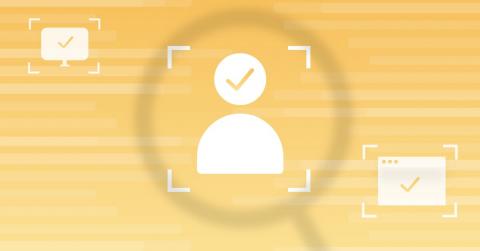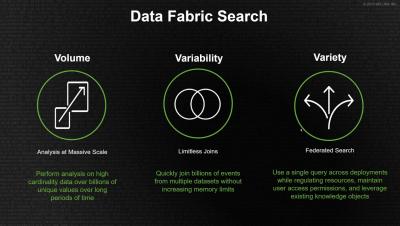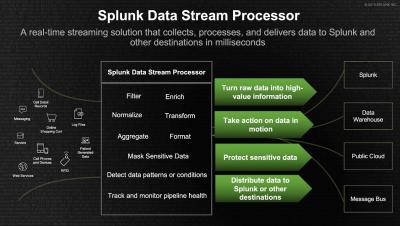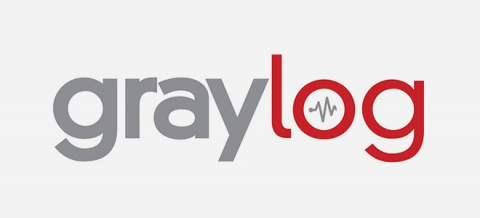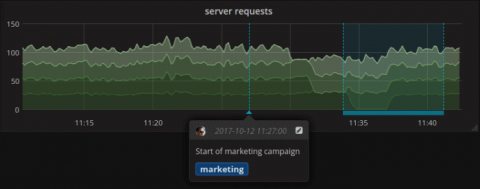Operations | Monitoring | ITSM | DevOps | Cloud
Logging
The latest News and Information on Log Management, Log Analytics and related technologies.
How Log Analytics Improves Your Zero Trust Security Model
Over the past few years, cloud computing has passed through its hype and early-adopter phases. Now we are hitting the peak of migration from on-premise to cloud-based infrastructure. Consequently, this transition and the advent of cloud computing has dramatically changed the way we think about security. Namely, the security paradigm has shifted towards a Zero Trust Security Model.
Splunk Data Fabric Search Overview
Splunk Data Stream Processor Overview
Splunk Data Stream Processor Deep Dive + Demo
The Top 10 DevOps Trends of 2019
At Logz.io we’re always keeping tabs on the latest and greatest in the DevOps world, for the benefit of both our own engineering team and for the teams that use our products. As the days get shorter and colder, we decided to look back on 2019 and share the top trends we’ve seen in 2019 so far. The acronym “CALMS” (Culture, Automation, Lean, Measurement, Sharing) is a helpful way to structure thinking about DevOps tools and techniques.
Screens Beta
Screens display a series of widgets that you can use to share across your organization. Widgets can display your log activity, from the number of logs ingested in the last 4 hours, to a line graph comparing today’s logs to yesterday’s logs. You can control the data you want to display by creating a “Screen” with a combination of different widgets. Post your screen on a company monitor to provide your organization with a snapshot of your system’s activity.
Aggregating logs with Graylog - A quick how-to guide
Graylog’s log aggregation features are useful for a lot of tasks, ranging from regular troubleshooting to detecting issues as soon as they become manifest. Optimizing log management by aggregating all meaningful data is a quick and efficient way to isolate any problem to root causes and solve it with minimal impact on services. Aggregated data is easier to parse and analyze – you can reduce the number of data points in a meaningful way and obtain the answer you need from them.
New in Grafana 6.4: Loki Annotations
Since we released Loki, our log aggregation system, our customers have been asking about using it not only for logs but also for less frequent events. Even though the strength of Loki lies in its ease of operation and automatic labeling for high-frequency logs, it can also be used for events out of the box.



